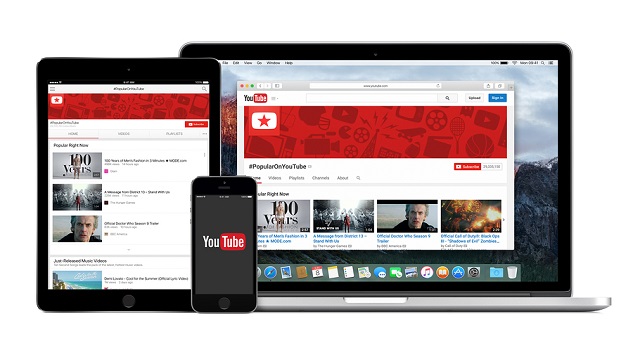We engage with video content every day. It’s everywhere. Media agency Zenith show that the average global consumer will spend 84 minutes a day watching online videos by 2020.
We have seen this shift happen over the past few years. But with so much video content out there, how can you use this medium to achieve your organisation’s objectives effectively?
Here are five things you should know.
1. Learn to speak in video
Video is a powerful medium. It blends visual, audio and written elements to help tell a compelling story. When considering video, whether to inform internal staff on a new risk procedure or to reach a new target market, it’s important to get the most out of have within the medium.
2. Video is the new presentation
Video has the potential to radically change the way you communicate with employees and clients. Presentations have always been a powerful tool, and the rise of video means they become even more powerful. Embedding video into your next presentation is a great way to engage your audience at a different level. Break up a long slide-deck with an emotionally charged or visually dynamic video to ensure your audience walks away impacted by your content.
3. Going viral doesn’t mean success
Some organisations tend to avoid video, especially when it comes to reaching external audiences because of the sheer volume of videos that populate our online spaces. Success metrics of a video are usually based on whether it went viral or not. It’s important to understand that not every video needs to achieve virality for it to be successful. Understand the message you want to send to your audience and work out ways of measuring the affect your message has had on their behaviour.
4. Platform specifications
The channel through which you publish your video is an extremely important thing to consider early in the process. Different social media platforms and internal intranets have different optimal specifications. For example, Instagram TV requires you shoot in portrait and videos should be between 15 seconds and 10 minutes, while Facebook videos are better in landscape and should be between 30 and 90 seconds. Understanding which channel you should choose shouldn’t be based on the kind of video you want to make, but rather on the audience you want to speak to.
5. The future of video
The video medium itself is changing all the time. Recently the rise in live video has allowed organisations to broadcast to their intended audiences faster. Live video is being used to equip and train internal audiences with the latest information and thought leadership. Alongside live video, 360 degree videos are becoming more popular. Audiences will experience the messages of a video as opposed to simply watching them. Instead of visual, audio and written elements, 360 degree videos will allow a whole new range of possibilities. Now is the time to think video.
Video is here to stay. It is a medium that is becoming more and more normalised and the effect it’s having on organisations is vast. For your messages to be heard, consider how your organisation might benefit from implementing video content into your next communications campaign.
Emma Bannister, Founder and CEO, Presentation Studio and author of “Visual Thinking: How to transform the way you think, communicate and influence with presentations”










